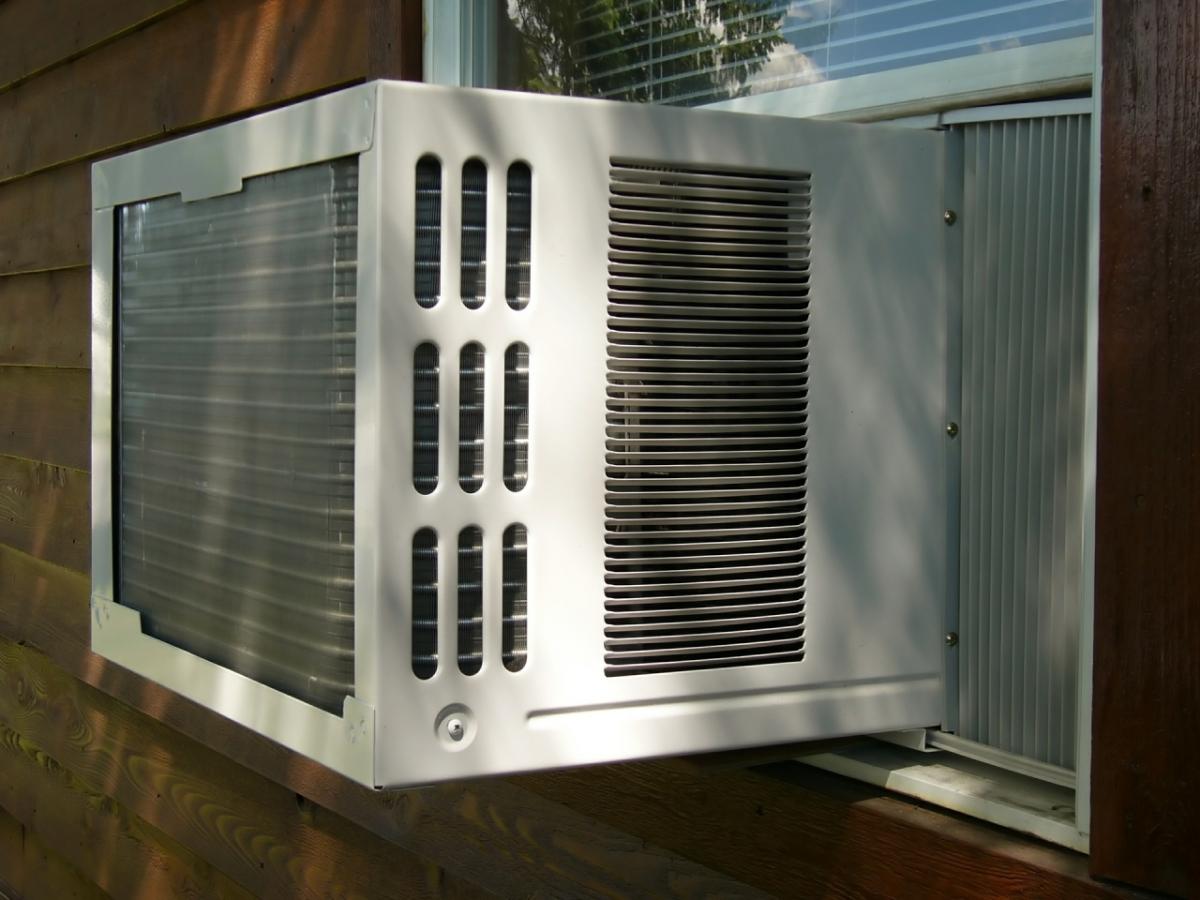Keeping Cool: Saving Energy While Beating the Heat
SCE offers 8 tips to keep window and portable air conditioners running efficiently.
By Ron Gales, ENERGIZED by Edison Writer
Second in a three-part series.
Part 1: Keeping Cool: 8 Tips for Air Conditioner Efficiency
Many Southern California Edison residential and small business customers rely on window-mounted and portable indoor air conditioners to keep them cool during the summer. The energy these devices consume is a big factor in driving electric bills higher in the hot months.
Here are tips for preventing these devices from using more energy than needed:
1. Size it right: Make sure the window air conditioner has the proper cooling power for the space. Rule of thumb: 20 British thermal units for every square foot of space. For example, a 350-square-foot bedroom is best served by a 7,000 Btu unit. A too-large unit will cycle on and off too frequently, and a too-small unit will constantly work harder to cool beyond its designed capacity — wasting energy in both cases. In addition, Consumer Reports advises:
- Add 10% Btu capacity for a sunny room, subtract 10% for shaded rooms
- For rooms often occupied by two or more people, add 600 Btu for each added person
- To cool a kitchen, add 4,000 Btu
Users in dry, arid climates may benefit from an evaporative cooler, which uses less energy than a window-mounted air conditioner.
2. Keep doors closed: Interior doors should be closed when a window unit is your primary cooling resource to keep the unit from using more energy than needed. That's different from central air conditioning systems with ducting, which operate more efficiently when users keep interior doors open to maximize airflow.
3. Clean the air filter: Window units have reusable air filters. Clean them regularly, as accumulated dust and debris can clog up and restrict airflow, making the system work harder. Find online directions or tutorials for cleaning air filters (examples here and here). It's also a good idea to check the seal around the unit for leaks; if cold air is escaping or warm air is entering, use weather stripping to reseal the space around the unit. 4. Convenient alternative: Portable indoor air-conditioning units are easier to set up and get started than a window unit for a similar retail price and are helpful for spaces where window units can't be installed. However, portable units are generally less efficient, requiring about 25 Btus per square foot.
5. Mind the hose: Portable units can be moved from room to room; however, they need windows or exterior access. The unit's exhaust hose is meant to eject warm air outside; if the hose is left inside, warm air recirculates back into the space. Ensure the unit has a window venting kit (included with purchase or sold separately) that completely seals the gap between the mouth of the hose and the open window space.
6. Don't fool your thermostat: Don't place lamps, televisions or other heat sources near the thermostat of your window unit or portable air conditioner, advises energy.gov. The thermostat senses heat from these appliances, which can cause the units to run longer than necessary.
7. Hybrid strategy: One strategy for economically cooling spaces is to run window or portable air-conditioning units in the areas most frequently occupied and close interior doors to rooms that are rarely used. When entering secondary rooms, turn on ceiling, floor or portable fans (which use much less energy) for temporary cooling and turn them off when exiting. Remember, fans cool people, not spaces.
8. Play it by EER: Check the yellow Energy Guide label on your window or portable air-conditioning unit for its Energy Efficiency Ratio (EER). The higher the rating, the more efficient the cooling system. According to learnmetrics.com, the average EER rating for window units or portable air conditioners is 10; the most energy efficient of these units have an EER rating above 10 and as high as 14.
Learn more about rebates and incentives that can help conserve energy and save money at sce.com/rebates, discounts and product reviews at marketplace.sce.com and more energy-saving tips at sce.com/residential/home-energy-guide.



